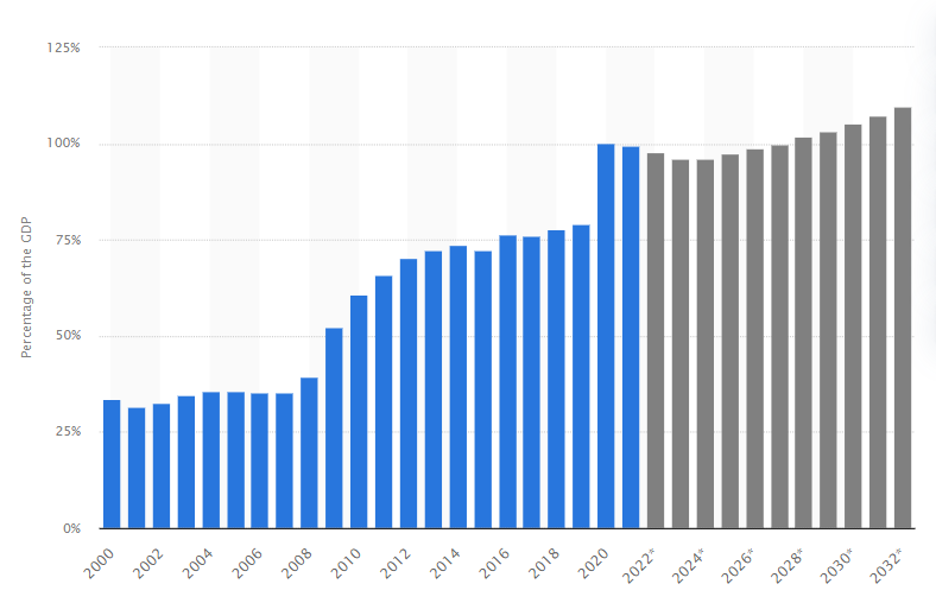How to Manage Your Debt No Matter What Size It Is
When you need additional funds to cover your urgent expenses, you
often opt for different lending options such as personal loans or credit cards.
If you have some debt you need to manage it.
Making regular payments will help you prevent the debt from
getting out of your control. When you have a lot of debt, it can be more
challenging. Here is how proper debt management can help you manage your
payments and get out of debt.
Pay Your Monthly Bills
Having a debt management plan is essential if you want to have
your funds in order and pay the debt off on time. Late monthly payments may
make it more difficult to become financially free. Late payments are often
associated with late fees and penalties. Nobody wants to pay additional charges
and increase the total cost of borrowing.
If you take out a Fit My loan and know how to manage debt you will most likely
make on-time payments whether they are weekly or monthly. Otherwise, finance
charges and interest rates will increase.
Know the Exact Sum You Owe
The first thing you should do is be aware of the
real numbers you owe. Do you know all the debt you have? Crafting a list can
help you see the whole picture. Write down the lender or crediting company, the
sum you owe, the interest rate, the monthly payment as well as the due
date.
Do you have doubts if you forgot something? Get
your free annual credit report to check this information. The three major
crediting agencies can give you a copy of your report to confirm what debt is
on your list.
Calculate Your Debt to Income Ratio
You can calculate your DTI once you know how much you owe and how
much you earn each month. Are you sure how much of your income is used for debt
payments? If not, a debt-to-income ratio will show you. You need to divide your
debt payments by your income and multiply by 100.
For instance, if you have $1,200 of debt and your monthly income
is $3,000, you will get 0.4 x 100 = 40%. It's always good to have this figure
lower. So, if you keep on tracking your DTI you will have a better
understanding of your personal finances.
Debt Statistics
Many people accumulate debt.
This is a common issue for millions of individuals. According to Statista.com and its report on personal debt in the U.S.,
public debt has grown steadily since 2008 and continues to rise. The 2021
survey shows that two in three Americans are in debt.

People find different sources
of debt. Credit card and mortgage debt accounted for 43 percent of all consumer
debt last year. While mortgage rates are typically low, credit cards can be
quite expensive in terms of interest rates.
High rates may make it harder
to repay credit card debt. Economists and financial experts state that personal
debt has the power to fuel economic expansion. Cheaper crediting options are
available to consumers today while increased demand for consumer goods can help
to boost economic growth and domestic production.
Have a Budget
Would you like to learn how to manage credit card
debt? Create a monthly budget and stick to it. This system can help consumers
avoid debt or get out of it faster. Having a budget means you know where your
money goes.
You should try your best to spend your monthly
income only on necessities and financial obligations. All money that is left
after you pay the regular bills, rent, and groceries should go toward debt
repayment.
Make At Least the Minimum Payments
It takes time and effort to manage debt and reach
financial independence. Some experts may advise you to allocate more money for
debt repayment. However, not every borrower can afford to pay more. It all
depends on your monthly paycheck, regular employment, and spending
habits.
If you are dedicated to getting rid of debt as
soon as possible, it pays to make more than the minimum monthly payments on
each debt you have. If you can't afford it, make at least the minimum payments.
You will also notice the positive changes, while your account will remain in
good standing and you will avoid late penalties.
Choose The Type of Debt to Repay First
You may have several types of debt such as a
mortgage, a credit card, a student loan, a personal loan, etc. Each of these
forms of debt comes with certain rates and repayment terms. Most borrowers
can't have all their debts under control at the same time. Tackle one debt at a
time.
You may want to start repaying the debt with the
highest interest to save your money. It should be your top priority to cover
the necessary payments until the highest interest debt is paid in full. Rank
and prioritize your debts until the smallest one is left.
Create an Emergency Fund
The last tip is to make an emergency fund to
protect you from the upcoming disruptions with personal funds. If you don't
have access to your savings, it's much easier to get into trouble.
Small savings of a portion of your paycheck so
that you set aside some cash. Don't utilize it for purchases or entertainment.
It should be your fund for the rainy day that will help you avoid more debt by
funding any emergency with your own savings.
In conclusion, debt of any size can be managed
and repaid. It takes some effort and time to build healthy spending habits and
improve your financial literacy to avoid mistakes. If you feel overwhelmed with
the amount of debt you have, you may want to turn to a credit counseling agency
for professional guidance. Debt settlement or debt consolidation may be helpful
for your debt relief.
